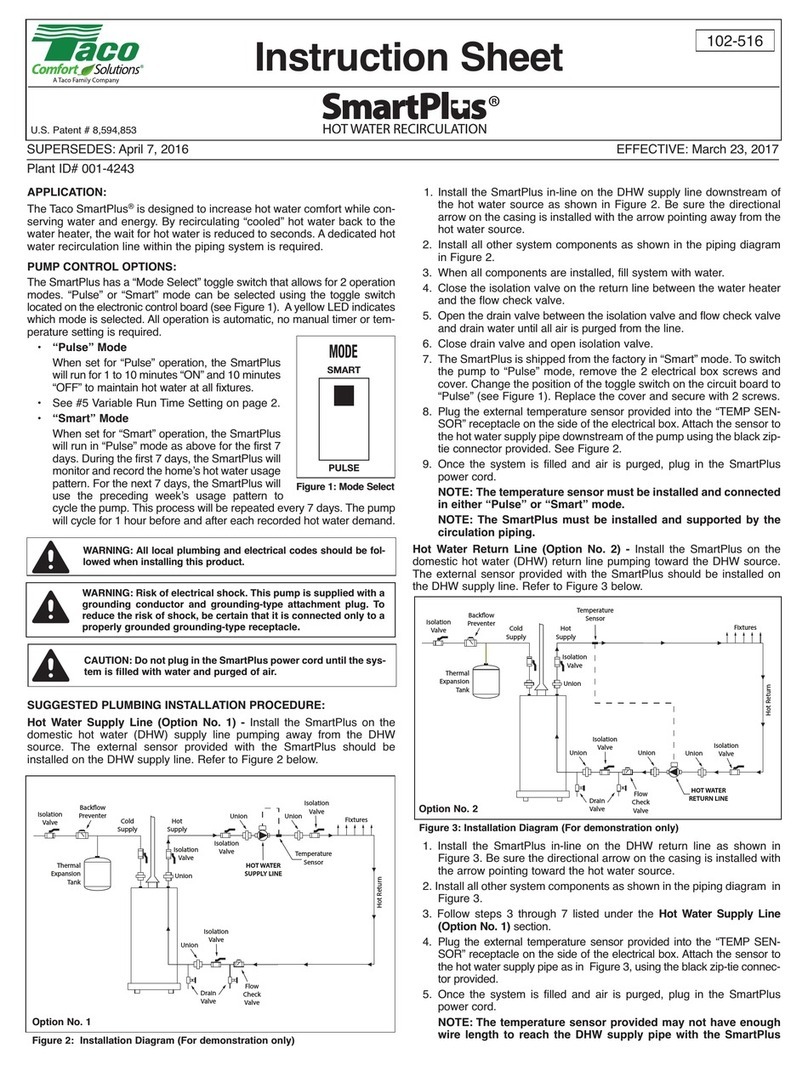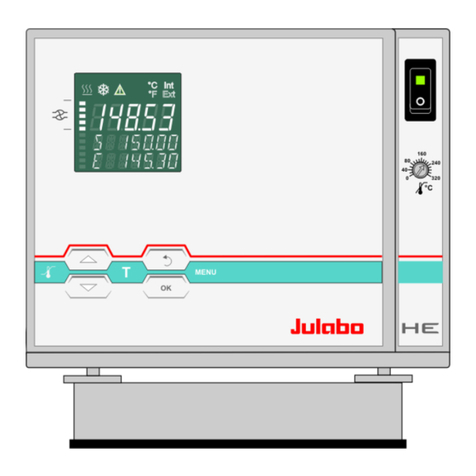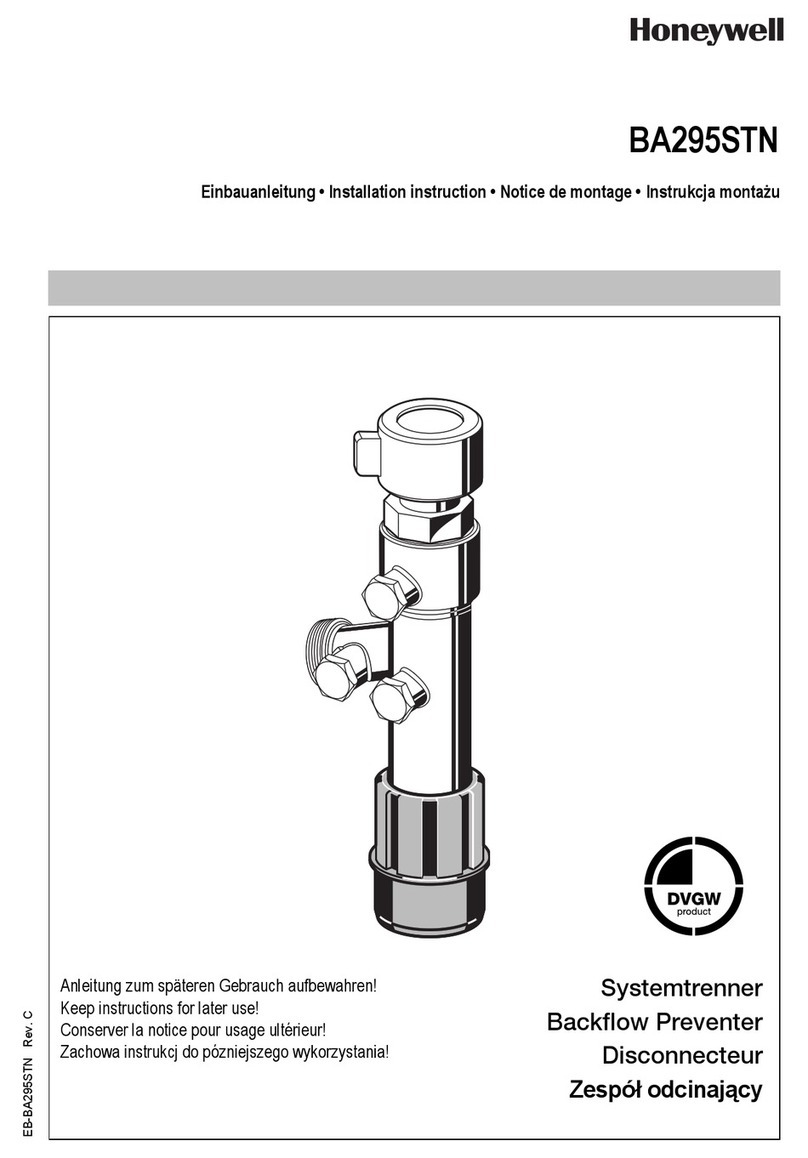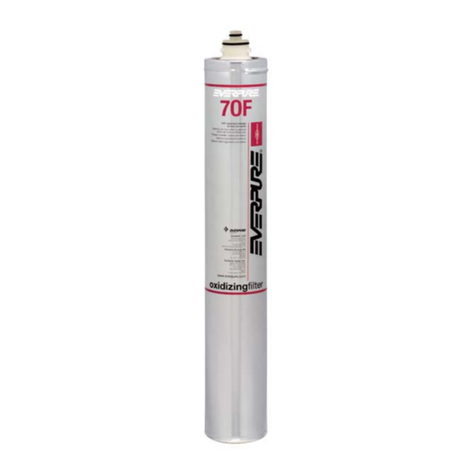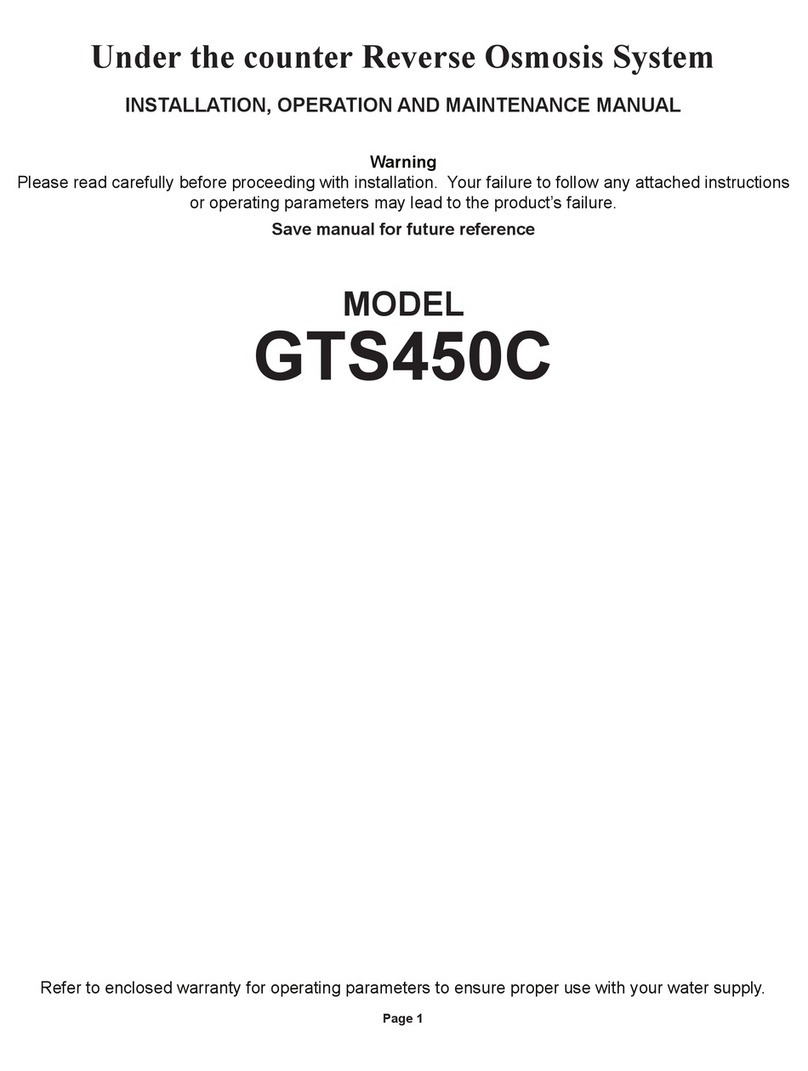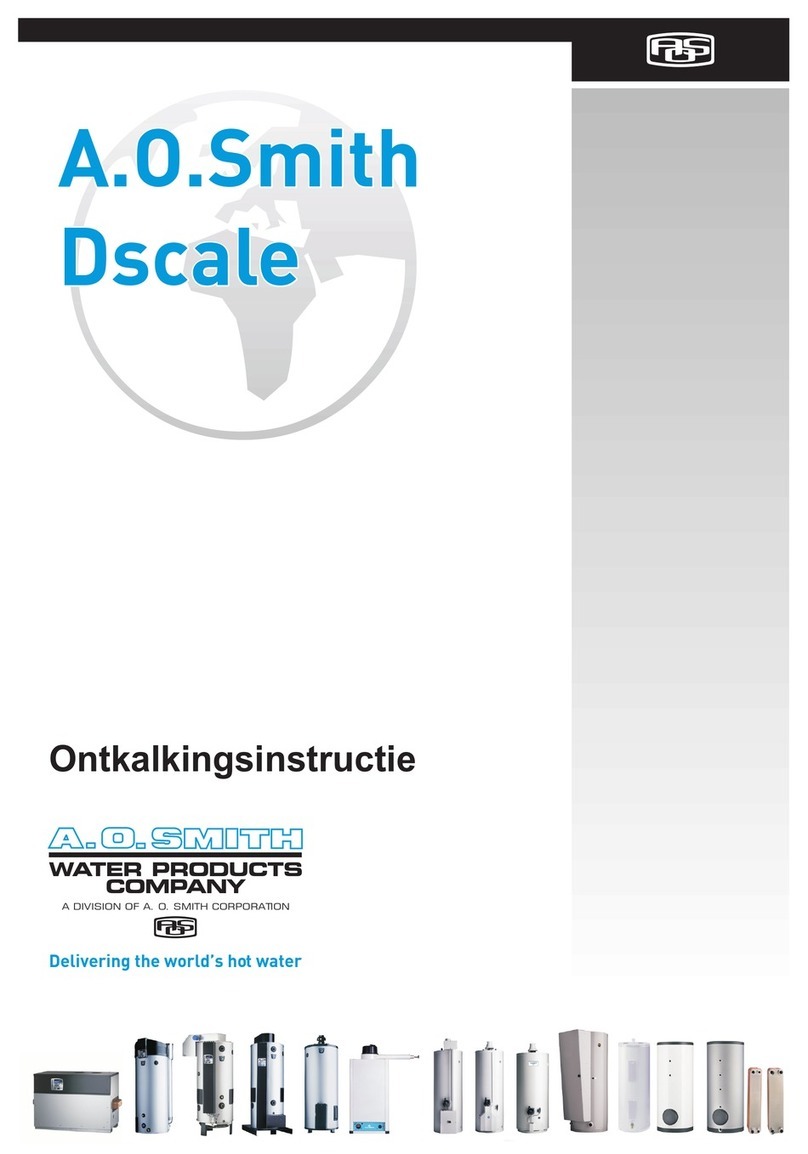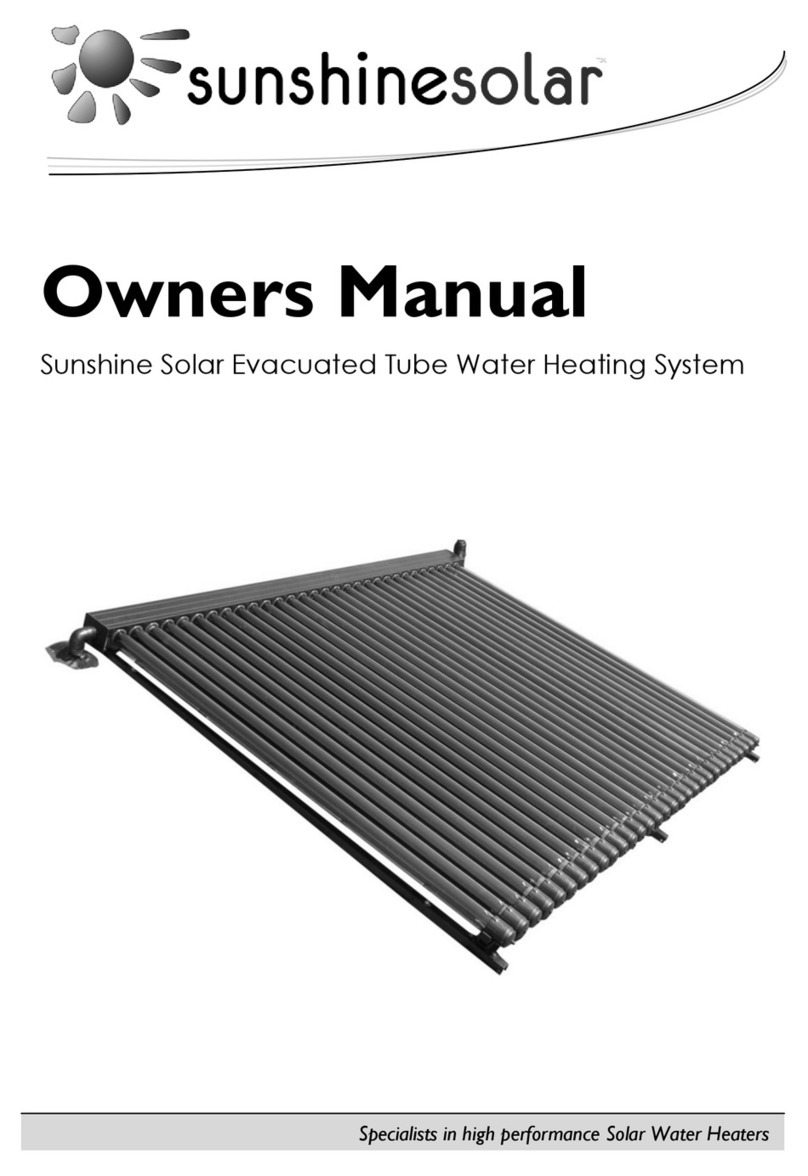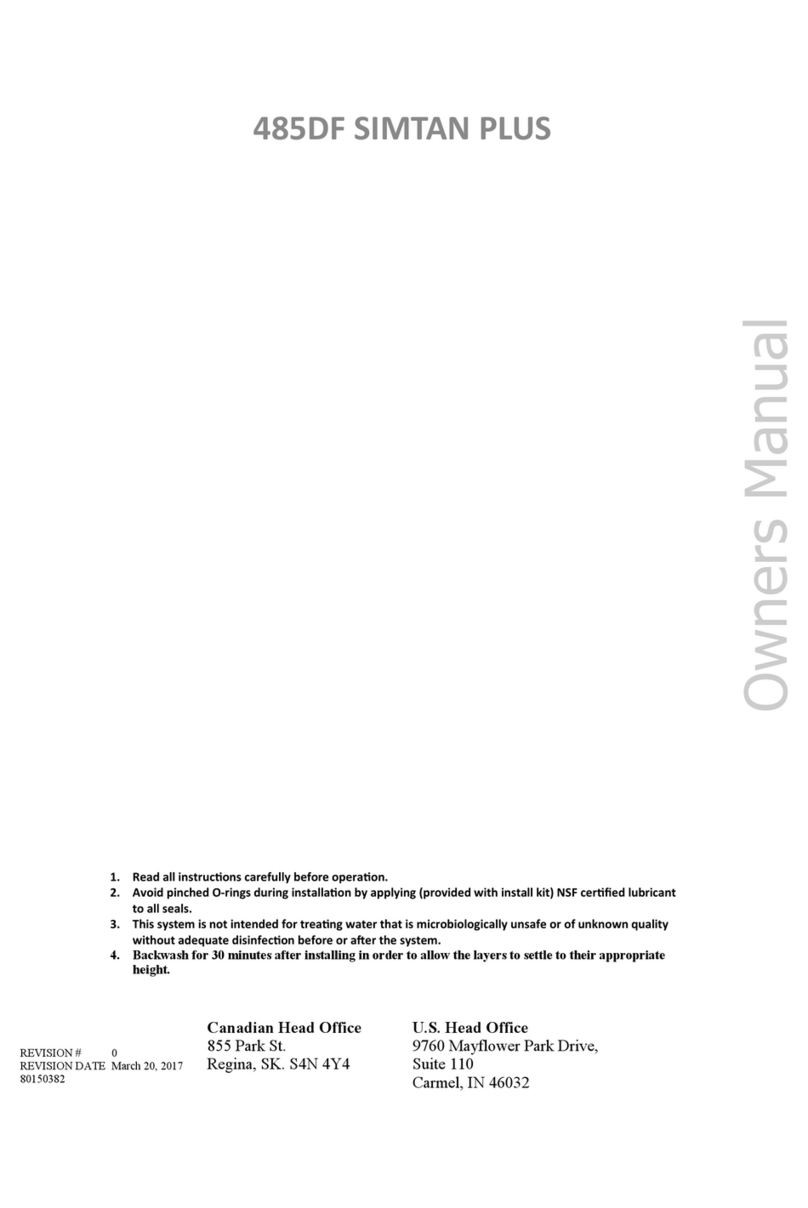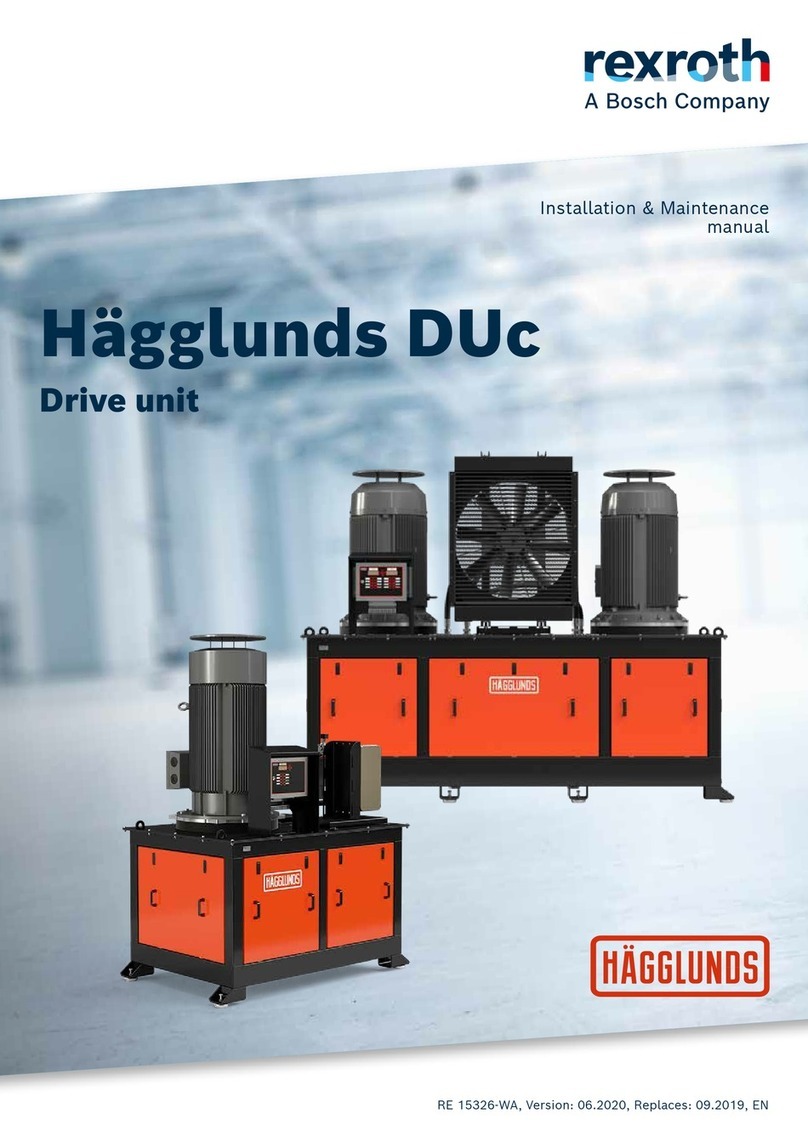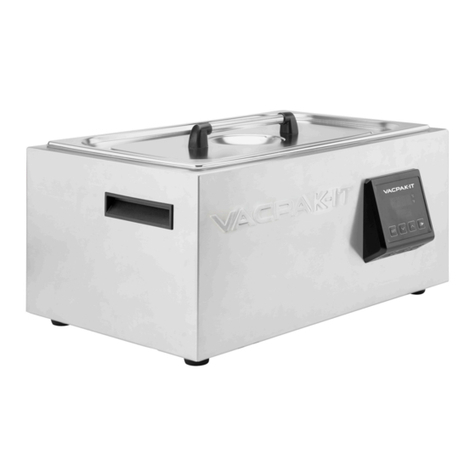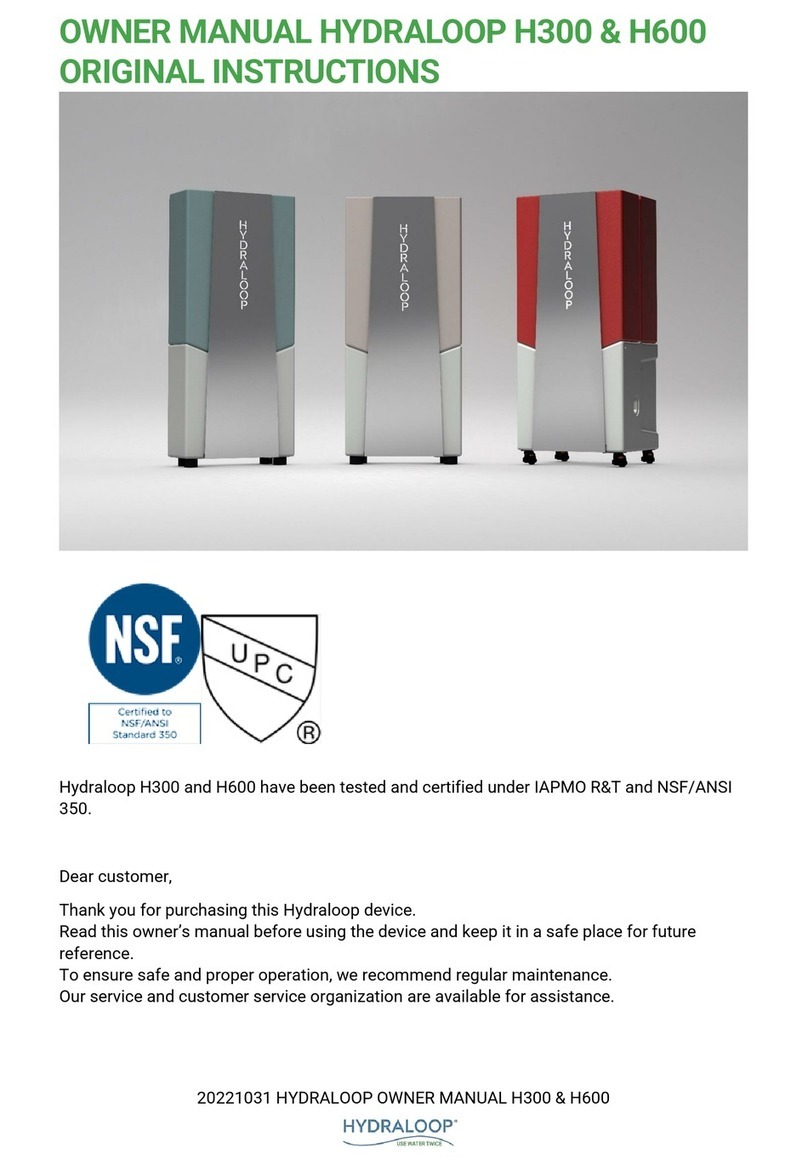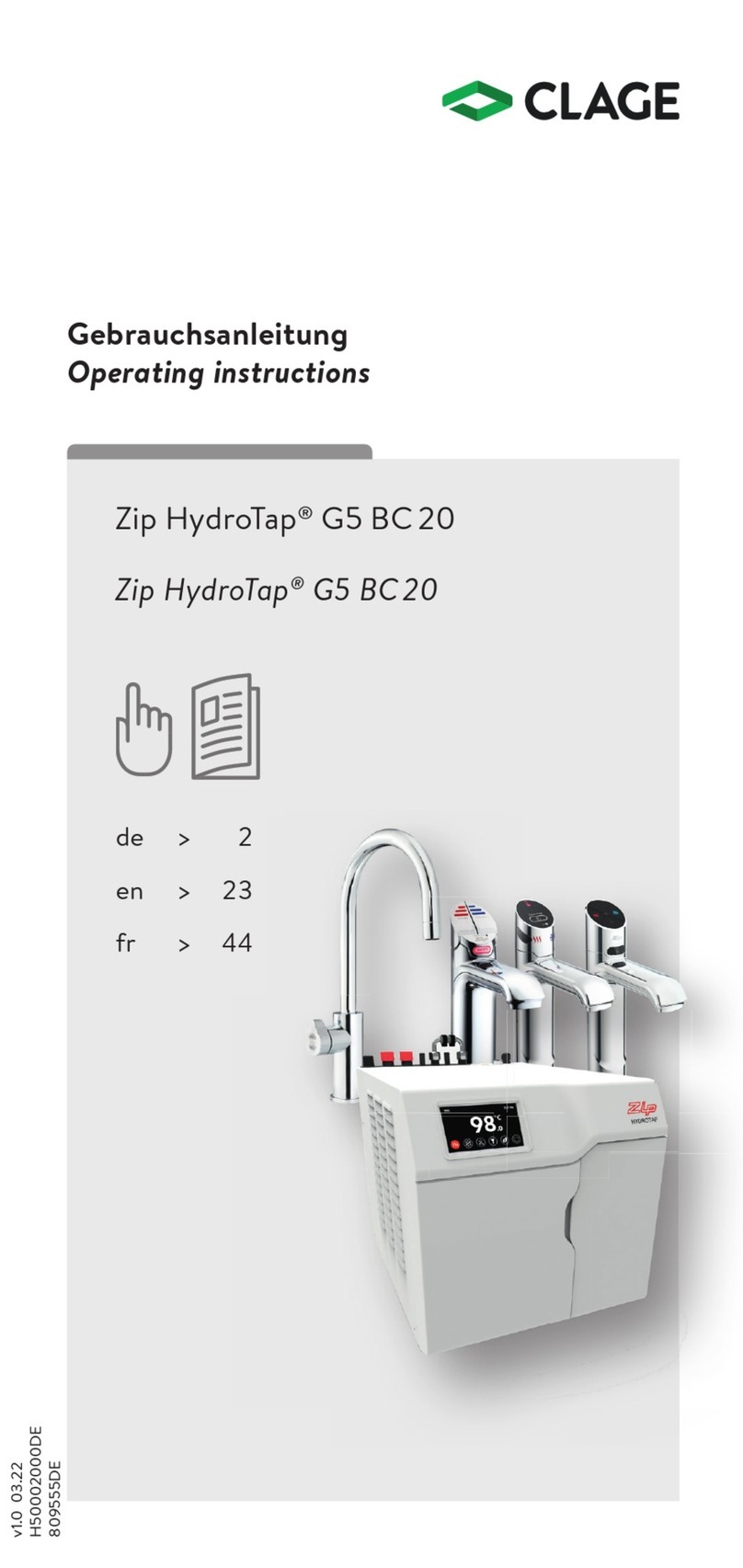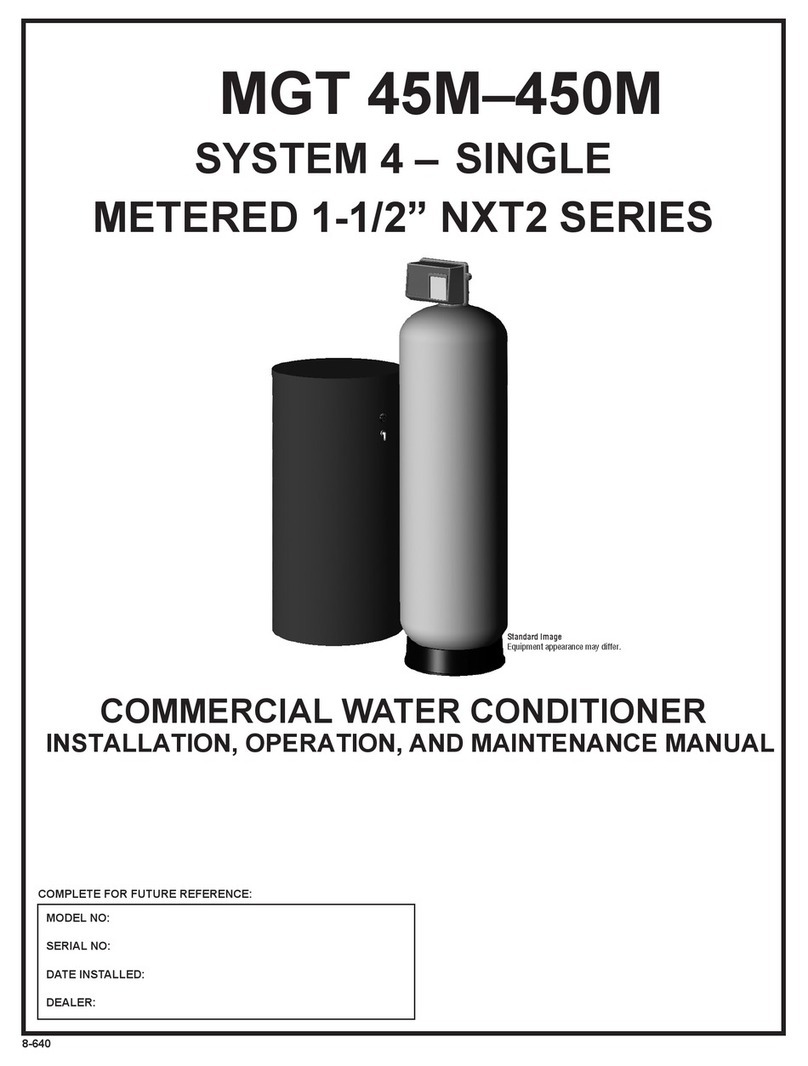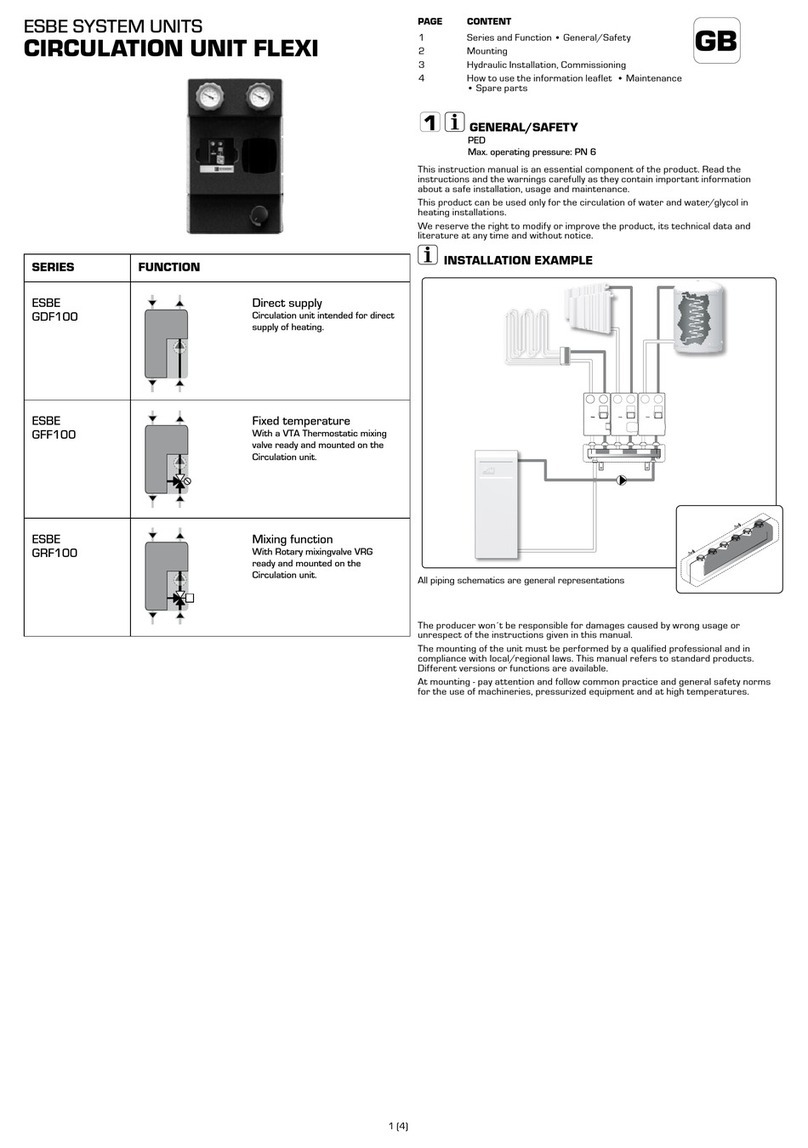
Product Information
9
TSS – 6720887696 (2018/05)
2.6 Intended use
The installation system is intended solely for the secure mounting of
collectors and the storage tank. The collector angle of inclination is 35°.
It can be used on a roof with a maximum slope of 15°.
▶ Never modify components.
▶ Do not damage the roof or building structure.
Mount the installation system parallel to the roof, as described in these
instructions.
▶ Do not raise the installation system on-site in order to increase the
solar yields. The additional solar yields are minimal.
Fig. 9 Pay attention to the permissible roof inclination and positioning
Permissible heat transfer medium
▶ To protect the collectors against damage through frost and corrosion,
operate them with solar heat transfer medium L (70 % water, 30 %
propylene glycol).
▶ If water is used as a heat transfer medium, the following prerequisites
must be fulfilled:
– Continuous ambient temperatures above 5 °C.
– Closed circuit. This prevents the introduction of oxygen. In the
event of a pressure drop, remedy the fault immediately.
– Have the water checked (table).
Table 13 Limits for water as a heat transfer medium:
1) c (HCO3–) = concentration of hydrogen carbonate ions (unit: m mol/l)
c (SO42–) = concentrate of sulphate ions (unit: m mol/l)
Permissible loads
▶ Only install collectors in locations with values lower than those shown
in the following. If required, consult a structural engineer.
The following loads refer to a system with a filled storage tank.
▶ Fill the storage tank immediately after installation!
Table 14 Maximum loads with reference to DIN EN 1991, parts 3 and 4,
roof slope 0 - 15 °
When determining the maximum wind speed, take the following factors
into account:
• Location of the thermal solar system
• Geographical height of the terrain
• Topography (terrain/buildings)
• Height of building
The maximum snow load is calculated using regional zones (snow load
zones) and the ground level elevation.
▶ Enquire about the locally applicable snow loads.
Corrosion protection
All supplied components are protected against corrosion through either
the material (e.g. aluminium, plastic) or coatings.
▶ Only use materials on site that can withstand local weather
conditions.
▶ Immediately repair any possible damage to the coating on site.
The potable water area in the storage tank is protected against corrosion
through enamel coating and a magnesium anode. To maintain this
protection:
▶ Observe the maintenance intervals and instructions in the
"Maintenance, inspection" section.
2.7 Recommendations for energy savings
▶ Install the DHW mixing valve as close as possible to the storage tank
(section "Hydraulic connection" for system examples).
▶ When using an immersion heater:
– Only connect the immersion heater to the mains power supply
when insufficient solar exposure is expected (e.g. during winter,
at night).
– Disconnect the immersion heater from the mains power supply
when solar exposure is sufficient or during absences
(e.g. holidays).
– Use a timer or similar to ensure appropriate use of the immersion
heater.
– Set the temperature as low as possible.
▶ To be able to use as much solar-heated water as possible, draw hot
water only after the sun has peaked (midday).
▶ Connect dishwashers and washing machines (if suitable) to the DHW
pipe and where possible use these between 15:00 and 18:00.
▶ Position the thermosiphon system so that the DHW pipe is as short as
possible. Ensure the DHW pipe is very well insulated.
2.8 Declaration of conformity (collector)
This product, in design and operation, conforms to the
European Directives and supplementary national
requirements. Compliance is demonstrated by the CE
marking.
You can request the declaration of conformity of the product. For this see
the contact address on the back cover of these instructions.
Parameter Value
pH value 7.5 - 9
Electrical conductivity 100 - 1500 microS/cm
Carbonate hardness and
sulphate1)
Chloride content maximum 30 mg/l
0010015324-010010015324-01
35°
<15°
Installation
system
Maximumsnowload
on the ground1)
1) according to DIN EN 1991-1-3
Maximum wind speed
according to DIN EN 1991-1-4
WSF < 1 kN/m2< 129 km/h (corresponds to a
dynamic pressure of 0.8 kN/m2)
WSF2)
2) With accessories for higher loads
< 1 kN/m2< 151 km/h (corresponds to a
dynamic pressure of 1.1 kN/m2)
MTSS -- < 129 km/h (corresponds to a
dynamic pressure of 0.8 kN/m2)




















